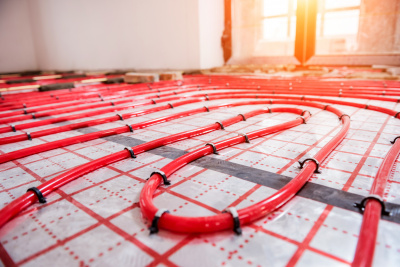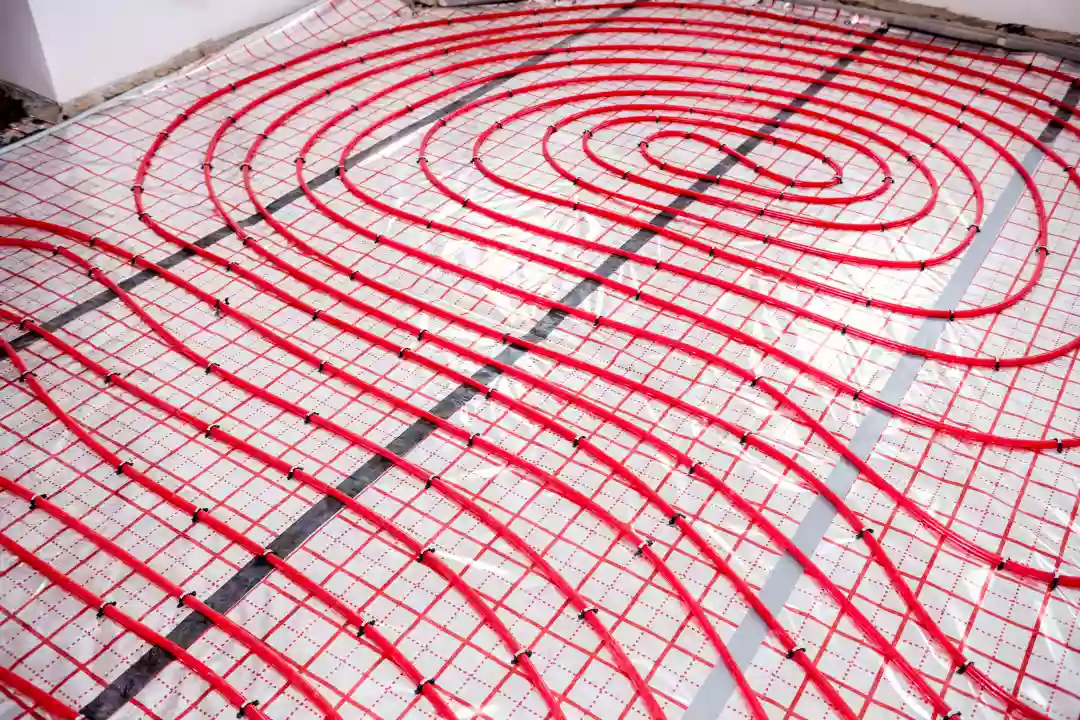Lack of Appropriate Documentation
Underfloor heating is a great way to provide warmth in your home more efficiently than traditional radiators. However, it requires specialised knowledge and skills to install it properly and failure to do so can lead to costly complications or malfunctions. Here are the five most common underfloor heating mistakes and how to avoid them.
One of the most common mistakes made when installing an underfloor heating system is the lack of adequate documentation. Without a comprehensive set of documents, such as system drawings, manufacturer's specifications and manuals, installation instructions, electrical schematics, and safety information, it will be difficult to ensure that the system is installed correctly. That is why it is important to make sure that all the required documents are obtained before beginning any installation work.
Improperly Prepared Ground
When installing an underfloor heating system, it is important to ensure that the ground is prepared properly. This means that any existing flooring should be removed, the subfloors cleaned and levelled, and any debris cleared away. If the ground is not properly prepared, this could cause the system to malfunction and have to be repaired or replaced. It is also important to ensure that the baseboards, wall coverings, and other obstructions are set at the correct height.

Need assistance finding underfloor heating near you?
Get a QuoteFailure to Secure the Heating Pipes to the Floor
Another mistake that can be made while installing an underfloor heating system is failing to secure the heating pipes to the floor. This can result in the pipes shifting and breaking if not correctly attached. To avoid this problem, it is important to use an adhesive or fasteners to secure the pipes in place when laying them on the floor.
Carelessly Applied Screed
When installing an underfloor heating system, the screed is a key component that needs to be carefully applied. If the screed is not correctly mixed or applied, it can lead to an uneven heating surface with hot and cold spots. Therefore, it is important to make sure that the screed is mixed properly and spread evenly over the pipes to ensure maximum heat and energy efficiency.
Choosing Improper Floor Covering
The type of floor covering plays an important role when installing an underfloor heating system. Certain materials, such as vinyl, rubber, cork, and some carpets can impede the heat from being distributed evenly and can lead to inefficient and costly operation. To ensure maximum energy efficiency, it is important to select the right type of floor covering that is compatible with the particular system being installed.
Installing an underfloor heating system can be a complex task that requires specialised skills and knowledge. By following the tips outlined above, homeowners can help to avoid common mistakes and ensure that the system is installed correctly and functions optimally.
In this article:

